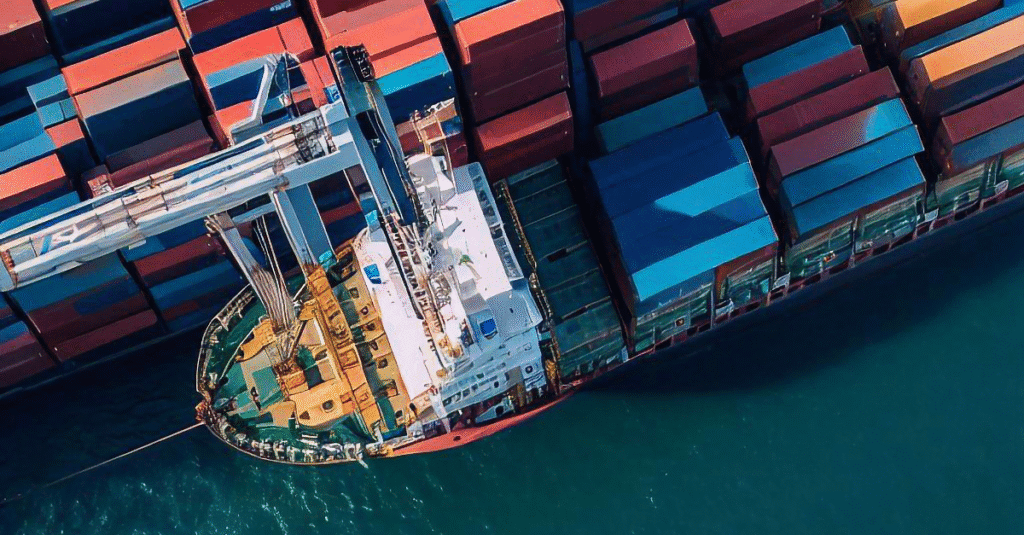Alinea Customs provide a guide to customs administration, border control posts, and export health certification.
Export Health Certificates are required to export or move live animals and animal products from the UK to the EU. They are not required by Northern Irish traders who export to the EU.
Export Health Certificates are required for:
• Products of animal origin (POAO), fish/shellfish and all other related products
• Animal bones, protein and other by-products
• Food (including composite food), drink and agricultural products (including cereals)
• Food for animals
• Plants (fruits and vegetables) and seeds used as food)







